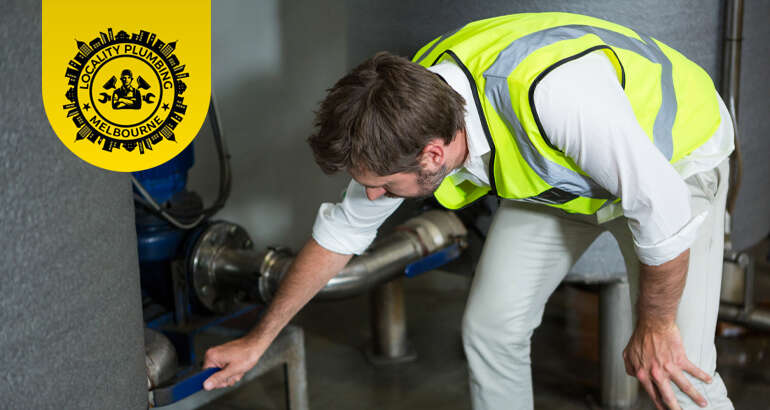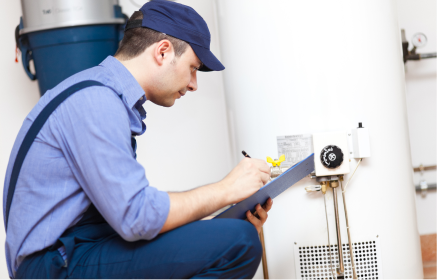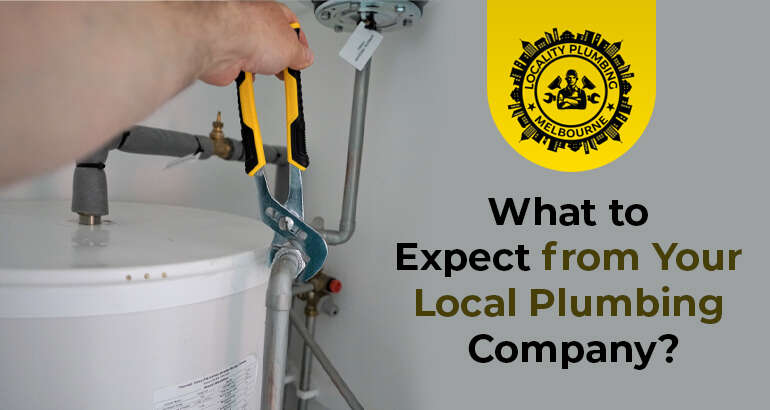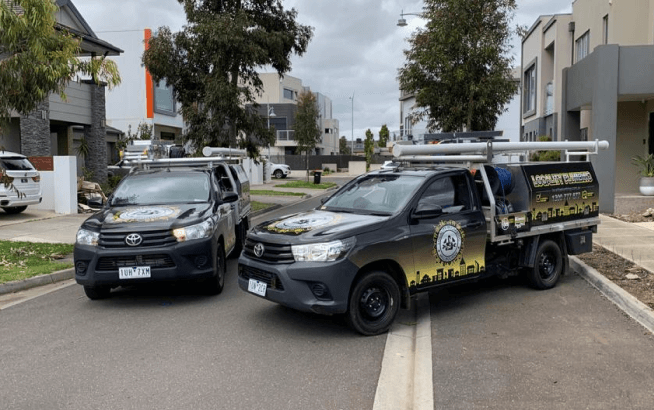
How to Avoid Blocked Storm Water Drains and Prevent Stormwater Damage?
What is a Storm Water Drain?
Storm drains are designed and engineered to withstand heavy rain, but if your storm system fails, it can cause serious and costly damage to your home.
If unexpected storms and heavy rain hit Melbourne, putting off cleaning out your stormwater drains could be a costly decision. As you know, Melbourne has recently experienced several one-in-a-hundred-year storms, so don’t put off your stormwater plumber maintenance for another day.
You will have maximum peace of mind knowing that an expert Master Plumber has checked your stormwater drains at Locality Plumbing Services for a minimal cost.
What Can Happen if My Storm Water System Fails?
Flooding, pooling of water, and prolonged leaks from stormwater pipes can undermine the foundations, footings, and stumps supporting your home. This can cause the following damage:
- Cracked and leaning brickwork
- Walls moving caused by stumps dropping
- Cracked plaster walls
- Ceilings, tiled walls, and floors can loosen caused by movement in your homes foundation system
The cost of underpinning or re-stumping your home is prohibitively expensive, not to mention the repairs that must be made inside your home once this is completed.
Remember, there is often little we can do in an emergency while the rain is pouring down, so Locality Plumbing Services recommends routine inspections of your home stormwater system. If you have any questions or concerns about your stormwater drains, don’t hesitate to contact us at Locality Plumbing Services.
How do Storm Water Drains Work in Melbourne?
Storm water drains are intended to keep water from flooding and pooling on your property by diverting it away from your roof, paved areas, and driveways through a network of gutters, downpipes, underground pipes, and pits to a common council drain, which is usually located in your street. Some stormwater systems in Melbourne’s older areas discharge into street curbs or laneways at the back of the property.
The water then runs through rivers and creeks before reaching our bay. This is why we mustn’t dump pollutants into storm drains, as they end up in our public waterways and beaches.
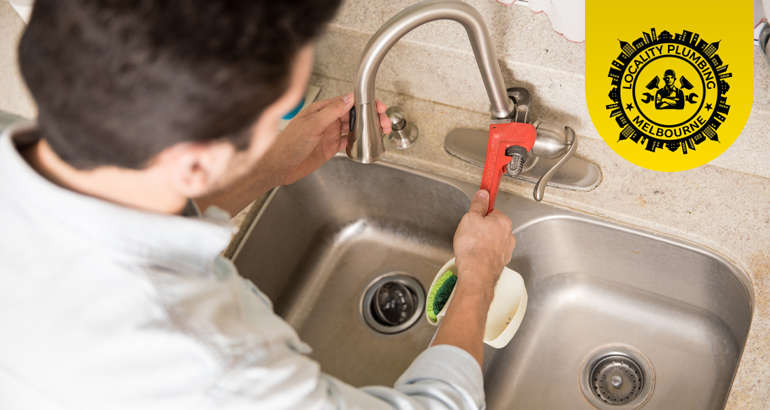 Common Causes of Blocked Storm Water Drains in Melbourne
Common Causes of Blocked Storm Water Drains in Melbourne
- Pipework that is cracked or broken will cause blockages in your stormwater system. Because of their age and movement in the ground, older earthenware pipes found throughout the blocked drains in Melbourne‘s older, more established areas are more prone to cracking and collapsing. When a section of pipe breaks off, it enters the drain and creates an obstruction, eventually blocking it. When the pipe is broken, the soil around it collapses into the drain, causing further sections of pipework to become brittle and break.
- Tree roots are one of the most common causes of clogged storm drains. Tree roots are always looking for moisture, and cracked and leaking storm drains provide the ideal environment for them to thrive. Once inside, the pipe tree roots can access all the nutrients they require to grow. As a result, removing them as soon as possible is critical to avoid extensive damage. The larger the tree roots, the more difficult it is to extract them. If caught early enough, we can remove tree roots by high-pressure hydro jetting your drains or using a mechanical sewer machine and rods -sewer snake. If left too long, the stormwater drainage pipe may have to be completely dug up.
- Common objects found in stormwater pipes include moss and mortar from tiled roofs, leaves and sticks blown into gutters from trees, foreign matter such as tennis balls, toys, plastic bottles and cups, and even dead animals such as birds, rats, and possums. Once inside, drainage pipes restrict the flow of stormwater from the system, causing blockages and flooding.
As a result, it is critical to have your stormwater drains cleared as soon as you notice a blockage. Digging up drains is an expensive exercise, not to mention the damage it causes to surrounding landscape areas, so the sooner you repair it, the smaller the section of pipework that needs to be dug up and replaced.
Contact a licensed plumber immediately if you notice flooding or pooling of water and suspect a blocked or clogged storm water drain. Don’t wait until it’s too late; the sooner you address it, the less damage will be done, and the repair will be less expensive. Prepare for the next storm by calling your local plumbing stormwater specialist at 1300 777 877.
How We Unblock Your Storm Water Drains?

Hydro-Jetting “High-Pressure Water Jet”
Hydro-jetting uses high-pressure water jets to clean the internal walls of pipes, removing roots, sediments, dirt, and sand before flushing it down the drain. Hydro-jetting is extremely effective in clearing difficult-to-clear storm drains. The advantage of a Hydro-jet is that it completely scours the pipe walls before flushing the system clean.
Mechanical Sewer Machine “Sewer Snake”
Sewer snakes are another type of drain cleaning tool. Sewer machines were the go-to equipment for plumbers to unclog stormwater and sewer drainpipes before the introduction of Hydro-Jetting. Sewer snakes can also pull objects from drains and cut or punch holes in stubborn blockages and larger tree roots. We frequently use a drainage snake with a Hydro-Jet to clear the most stubborn blockages.
CCTV Drain Inspection
Locality Plumbing Services always concludes a stormwater drain clearing job with a CCTV drainage inspection to ensure no other issues within the drain.
Need your Storm Water Drains Cleaned?
If you’ve been putting off cleaning your gutters and downspouts or having your storm water drains inspected, don’t put it off any longer! Spring rains are on their way, and Locality Plumbing Services is ready to help.
We can clean your gutters, downspouts, and storm drains, giving you peace of mind that you’re ready for the next storm.

